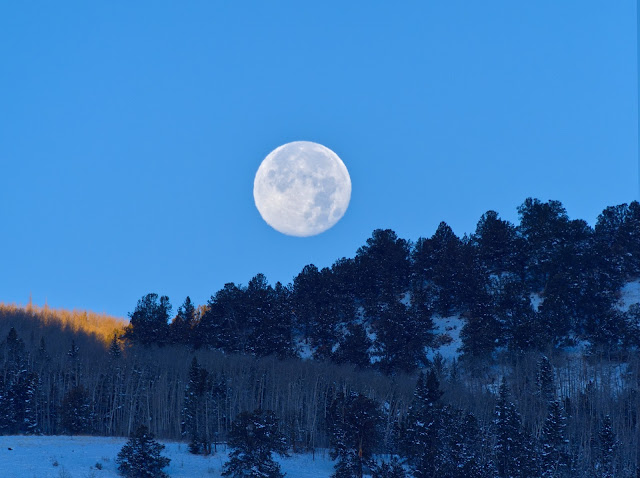A neighbor recently brought over a large box of telescope parts, hoping that I could help make sense of what he had. After some sorting, puzzling, and discarding of useless parts, it turned out that there were three potentially useful telescopes. It took only a modest investment in new parts to create a working alt-azimuth mount. I was also able to contribute some other accessories that have been sitting unused in my closet for many years.
The three scopes, which are now all in operating condition with interchangeable accessories, are:
- Celestron C90 f/11 (1000 mm focal length)
- Tasco 60mm f/15 (900 mm focal length)
- Celestron Firstscope 60Az f/12 (700m focal length)
The focal ratios are rounded to the nearest integer. The stated focal lengths are the numbers printed on the scopes. The C90 is a Gregory-Maksutov design with the old classical helical-focusing barrel. Based on the date printed on the manual (10/98) it is probably from the late 90s or early 00s. The the 60mm scopes are air-spaced achromats of unknown age.
Last night the sky cleared unexpectedly after a snowy and rainy day. I took two of the scopes out to test them on the Moon and Saturn.
Here is the Celestron Firstscope:
The mount consists of a Neewer 36mm low-profile ball head, a PrimaLuceLab 140mm PLUS dovetail plate, and two JJC TR-1II tripod mount rings supplemented with felt. The dovetail plate is dual-sided: one side has an Arca-Swiss dovetail groove and the other side is a Vixen dovetail. That makes it compatible with photo mounts or telescope mounts, depending on which side is facing out. The tripod mount rings are made for Canon telephoto lenses but work quite well with this tube diameter (63mm) when padded out with felt strips. This mount configuration works much better than whatever came with the telescope originally. It is possible to rotate and slide the tube for optimal balance and accessory position, and the long dovetail gives additional balance adjustment as well as being compatible with most standard photo and telescope mounts. In the above photo both the dovetail plate and optical tube are pushed well forward of normal to balance the weight of the camera.
Here is a picture of the 5.8-day-old moon taken with this setup:
 |
C60 + E-M5iii, ISO 800, 1/50 s. Untracked.
|
These "beginner" telescopes can perform quite well when used with proper mounts and accessories. The moon diameter in this image corresponds to a focal length of 704mm, very close to the number printed on the scope. The actual focal ratio is then 704/60 = 11.7.
The C90 started out on the same ball-head mount:
After a few exposures I decided to switch to a computer-driven mount and astro camera in order to get higher resolution.Here the C90 is riding on an iOptron SmartEQ Pro+ computerized mount with a ZWO ASI178MC camera. The iPad tablet controls the mount via wifi and the laptop computer is running the camera over a USB cable connection.I took short videos of the Moon and then switched over to Saturn. The files were processed with AutoStakkert and Registax.
Looks like a great scope!
The measured diameter of the moon in the above shot with the C90 yields a focal length of 791 mm. The focal length of moving-mirror scopes (like this one) will change to match the exact position of the focal plane (image sensor location), so this difference between the measured and labeled focal lengths might be completely normal.
I didn't night test the Tasco scope, but I did use it to snap a few daytime pics of the local mountains.
 |
Bristol Head
|
Any photo taken at this distance with this focal length (900 mm) will be affected by atmospheric blurring and this one is no exception. However, it performed quite well in spite of the turbulence.
 |
Tasco 60mm f/15 on a Stellarvue M002C alt-az mount.
|
The Tasco scope in this photo is using the same rings and dovetail bar as the Celestron 60mm, but the dovetail bar has been flipped over so that it will fit into the Vixen slot in the Stellarvue mount.
added 11/20:
It is 24° F with snow on the ground, but the sky is clear so I set up the Tasco on the porch and took a quick shot of the 8.1-d old moon:
 |
Tasco 60mm f/15 + E-M5iii. ISO 400, 1/160 s. Untracked.
|
The moon diameter in this image yields a calculated focal length of 909 mm, within 1% of the number printed on the scope.
As usual, click an image to get into gallery view, then download or open in a new tab to see the full-size images.


















































